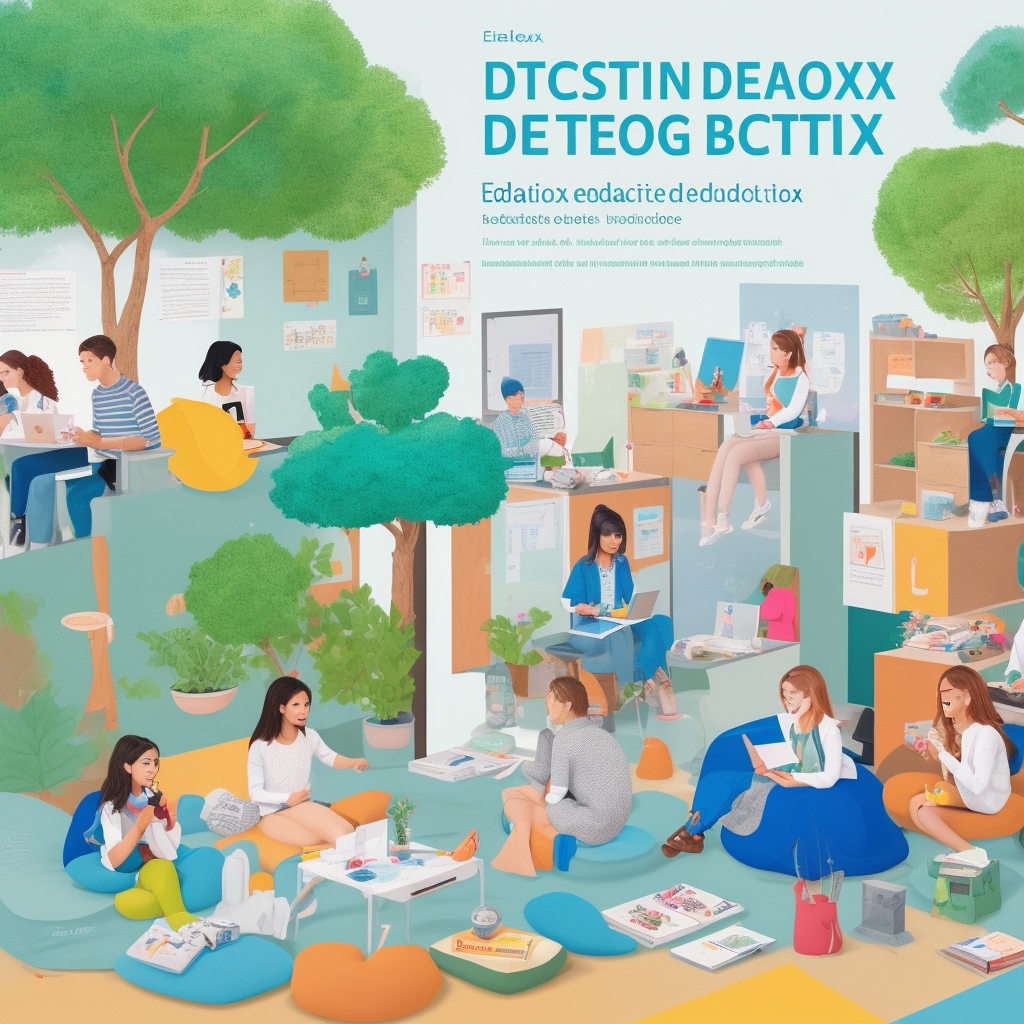In today’s hyper-connected world, unplugging from digital devices can seem almost impossible. From smartphones and tablets to laptops and smartwatches, technology is deeply woven into the fabric of our daily lives. While digital devices offer numerous benefits, such as increased connectivity and efficiency, over-reliance on them can lead to a myriad of issues, including stress, anxiety, and reduced productivity. To counteract these negative effects, many people are turning to digital detoxes—a conscious effort to disconnect from digital devices for a specific period. However, undertaking a digital detox is not without its challenges. In this article, we will explore the key challenges faced during a digital detox and provide actionable strategies to overcome them.
Challenges of Digital Detox
Psychological Dependency
One of the most significant challenges of a digital detox is overcoming psychological dependency. Many individuals have developed a reliance on digital devices for both professional and personal fulfillment. The constant need to check emails, social media notifications, and news updates can create a cycle of anxiety and stress.
Example: Consider a working professional who starts their day by checking emails and ends it by scrolling through social media. This constant engagement with digital platforms can lead to a dependence that makes even short periods of disconnection uncomfortable.
Fear of Missing Out (FOMO)
The fear of missing out, commonly known as FOMO, is another challenge faced during a digital detox. Social media platforms are designed to keep users engaged by offering a continuous stream of updates from friends, family, and celebrities. The idea of being out of the loop can cause significant anxiety for many people.
Example: A teenager might find it difficult to disconnect because they fear missing out on social events, trending topics, or viral content shared by peers.
Professional Obligations
In a professional setting, being constantly available is often perceived as a necessity. Many employees worry that a digital detox could hinder their ability to respond quickly to work-related communications, potentially affecting their job performance.
Example: A project manager might be reluctant to detox because they fear missing important updates from team members or clients, which could result in project delays.
Social Pressure
Social pressure can also play a role in the challenges of a digital detox. Friends, family, and colleagues may not understand the need for a digital break and could pressure individuals to stay connected.
Example: A parent might find it challenging to disconnect because they feel obligated to be available for their children’s needs, school updates, or family group chats.
Habit Formation
Habits, once formed, can be hard to break. The act of reaching for a smartphone or checking notifications can become so ingrained in daily routines that a digital detox feels disruptive.
Example: A student might be in the habit of checking their phone every few minutes for messages or updates, making it difficult to concentrate on studies without the constant distraction.
Concrete Examples and Use Cases
-
The Weekend Detox: A family decides to disconnect from all digital devices for a weekend camping trip. Initially, the children struggle with the absence of their tablets and smartphones. However, by the end of the trip, they rediscover the joys of outdoor activities and face-to-face interactions.
-
Workplace Challenge: A company initiates a monthly “No Tech Day” to promote employee well-being. Employees are encouraged to engage in team-building activities, fostering a stronger sense of community and collaboration without the distraction of digital devices.
-
Personal Reflection: An individual sets aside one hour every evening for a digital detox, using the time to meditate, read, or journal. Over time, they notice a decrease in stress levels and an increase in overall satisfaction with life.
Key Points and Best Practices
-
Set Clear Boundaries: Establish specific times and places where digital devices are off-limits. This could include meal times, bedrooms, or during family activities.
-
Communicate Intentions: Inform friends, family, and colleagues about your digital detox plans to manage expectations and reduce social pressure.
-
Find Alternatives: Identify non-digital activities that you enjoy, such as reading, exercising, or crafting, to fill the void left by digital devices.
-
Start Small: Begin with short detox periods and gradually increase the duration as you become more comfortable with disconnection.
-
Reflect and Adjust: After each detox period, reflect on the experience and adjust your approach as needed to address any challenges encountered.
FAQ
1. How long should a digital detox last?
The duration of a digital detox can vary based on individual needs and goals. For beginners, starting with a few hours or a day might be sufficient. More experienced individuals may opt for a weekend or even a week-long detox.
2. Can a digital detox improve mental health?
Yes, a digital detox can improve mental health by reducing stress, anxiety, and the negative effects of social media comparison. It allows individuals to reconnect with themselves and their surroundings, leading to increased mindfulness and well-being.
3. What if I need to be available for emergencies?
If being available for emergencies is a concern, set specific guidelines for checking devices at designated times. Alternatively, inform a trusted friend or family member about your detox plans and provide them with a way to reach you if necessary.
4. How can I overcome FOMO during a digital detox?
Overcoming FOMO requires a shift in mindset. Focus on the benefits of being present in the moment and engaging in meaningful activities. Remind yourself that life continues offline and that social media often presents a curated version of reality.
5. Are there tools to help with a digital detox?
Yes, several apps and tools can assist with digital detox efforts. These include apps that track screen time, block distracting websites, or provide guided meditations to support mindfulness and relaxation.
Conclusion
Embarking on a digital detox presents a range of challenges, from overcoming psychological dependency to managing social pressures. However, by understanding these challenges and implementing effective strategies, individuals and families can reap the benefits of reduced stress, improved mental health, and a renewed appreciation for offline activities. Whether it’s a short break or an extended period of disconnection, a digital detox offers a valuable opportunity to find balance in a technology-driven world.







